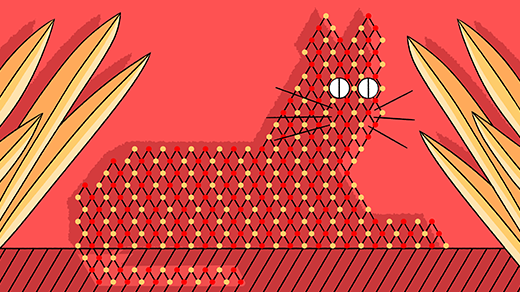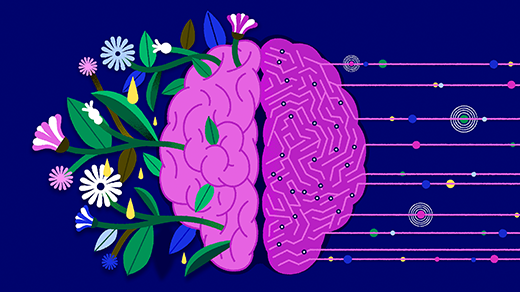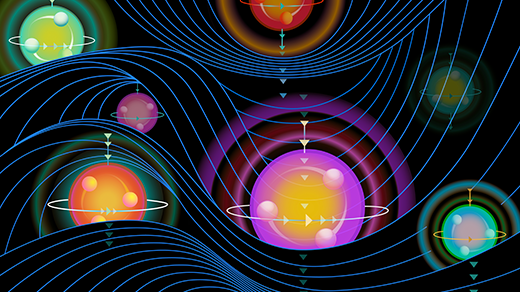What's up in
Multimedia
Latest Articles
Will AI Ever Understand Language Like Humans?
AI may sound like a human, but that doesn’t mean that AI learns like a human. In this episode, Ellie Pavlick explains why understanding how LLMs can process language could unlock deeper insights into both AI and the human mind.
Mathematical Beauty, Truth and Proof in the Age of AI
Mathematicians have started to prepare for a profound shift in what it means to do math.
How Can AI ID a Cat? An Illustrated Guide.
Neural networks power today’s AI boom. To understand them, all we need is a map, a cat and a few thousand dimensions.
AI Is Nothing Like a Brain, and That’s OK
The brain’s astounding cellular diversity and networked complexity could show how to make AI better.
Introducing The Quanta Podcast
Exploring the distant universe, the insides of cells, the abstractions of math, the complexity of information itself and much more, The Quanta Podcast will be a tour of the frontier between the known and the unknown.
Can Quantum Gravity Be Created in the Lab?
Quantum gravity could help physicists unite the currently incompatible worlds of quantum mechanics and gravity. In this episode, Monika Schleier-Smith discusses her pioneering experimental approach, using laser-cooled atoms to explore whether gravity could emerge from quantum entanglement.
What Is the True Promise of Quantum Computing?
Despite the hype, it’s been surprisingly challenging to find quantum algorithms that outperform classical ones. In this episode, Ewin Tang discusses her pioneering work in “dequantizing” quantum algorithms — and what it means for the future of quantum computing.
How Did Multicellular Life Evolve?
One of the most important events in the history of life on Earth was the emergence of multicellularity. In this episode, Will Ratcliff discusses how his snowflake yeast models provide insight into what drove the transition from single-celled to multicellular organisms.
New Conversations, Deep Questions, Bold Ideas in Season Four of ‘The Joy of Why’
Steven Strogatz and Janna Levin return for a new season on major scientific and mathematical questions of our time, with 12 all-new episodes and a new format.








